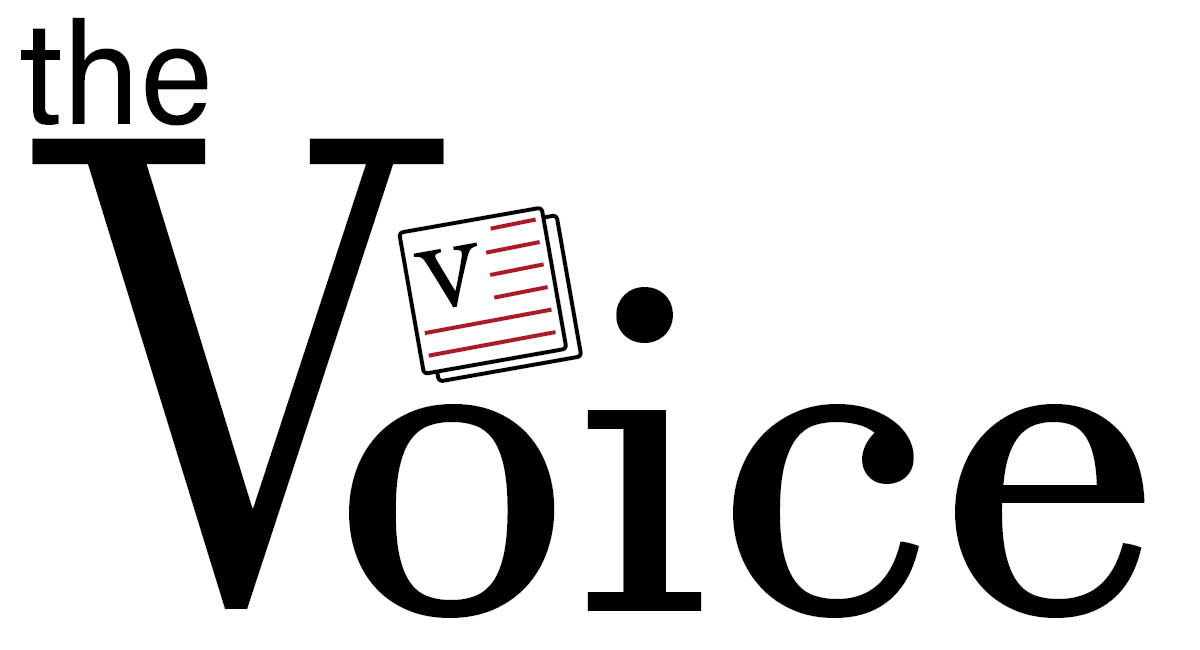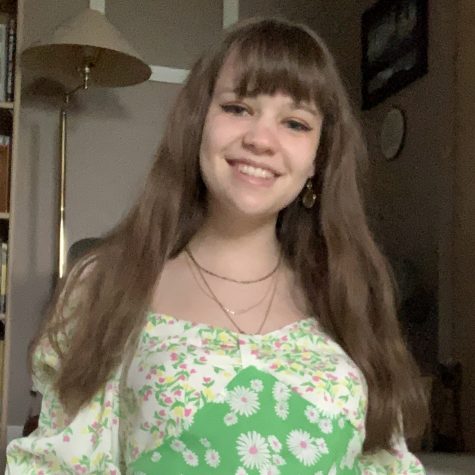A Study in Sci-Fi
Back to the Future
May 8, 2022
Arguably one of the most iconic ‘80s movies, “Back to the Future” defined the sci-fi genre for a modern age with its clever script, amazing performances, and relatability. But the film was not always a sure deal: the path to success was long, winding, and bumpy.
After many trials and tribulations to get the script picked up by a production company, Universal took a risk on the tag-team “the Bobs”, also known as Robert Zemeckis and Bob Gale. The two had worked together on multiple movies previously, including “I Wanna Hold Your Hand”, “Used Cars”, and “Romancing the Stone”. While these movies were not major box-office successes, the industry saw the two had potential to make a hit with “Back to the Future”.
The crew initially started filming in November of 1984, but something was not clicking with the cast. Zemeckis felt that their star was not embodying the playfulness and humor that they were aiming for. Marty McFly, played by Eric Stoltz, was just too serious.
Michael J. Fox, famous for his portrayal of Marty, was not cast in the role until January 1985, six weeks into the production. Zemeckis and Gale wrote the character with Fox in mind, but he initially passed on the opportunity due to his schedule. Fox was already involved with the wildly popular sitcom “Family Ties” and was filming the 1985 comedy “Teen Wolf” at the same time.
According to those on set, Stoltz felt that “Back to the Future” should not have been a comedy. He thought that what happened to Marty was tragic, not humorous, and played the part with that mindset. Frustrated with their star, Zemeckis and Gale followed up with Fox and asked again if he would be interested in the role. To everyone’s excitement, Fox accepted the offer and was officially on board for the project.
After the recasting, production switched into high gear. The release date of the movie was set for summer 1985, which was mere months away. Having lost valuable time and needing to reshoot every scene previously filmed with Stoltz as Marty, it was a tight schedule for all involved.
With Fox now at the helm, other minor details changed. The outfit for Marty, which was originally designed to blend in with the 1950s, was modified to be boldly ‘80s and give him the ‘fish out of water’ image. The original opening of the movie involved Marty pulling a fire alarm to escape detention, but was changed to a more cost-friendly shot panning along the hundreds of ticking clocks in Doc Brown’s house.
Principal photography finished in April 1985, three months before the release date of the movie. With roughly two months to edit and add VFX, the production crew had to work overtime to meet the deadline. After the first screening of a rough cut in May 1985, the film did so well with audiences that Universal executives moved the release date up three weeks to July 3 so it would have more time to run in theaters. This gave the crew only nine weeks to finalize the movie, which resulted in some VFX shots being reduced in quality or cut out altogether.
Despite the challenges, the movie was released on time. It was so successful in the box office that it was the top-grossing movie of 1985, making approximately $210.6 million. “Back to the Future” was expected to be popular, but sequels were not in the picture until Zemeckis and Gale saw the success. When the movie was released on VHS in May 1986, an ending title card reading “To be continued…” was added to excite audiences for the future sequels.
What makes this movie so impactful 35 years later is its relatability and characters. Marty is the kind of person who viewers cannot help but root for, and his relationship with the zany Doc Brown adds another layer of heart and emotion.
Even though Marty’s situation is not grounded in reality, it is still something that audiences can empathize with. Everyone has wondered what their parents were like when they were their age, and Marty gets to experience what many wish they could.
“Back to the Future” is a passionate, comedic sci-fi film that appeals to all audiences, then and now. The movie is sure to connect with audiences for years to come and continues to influence sci-fi media today.



